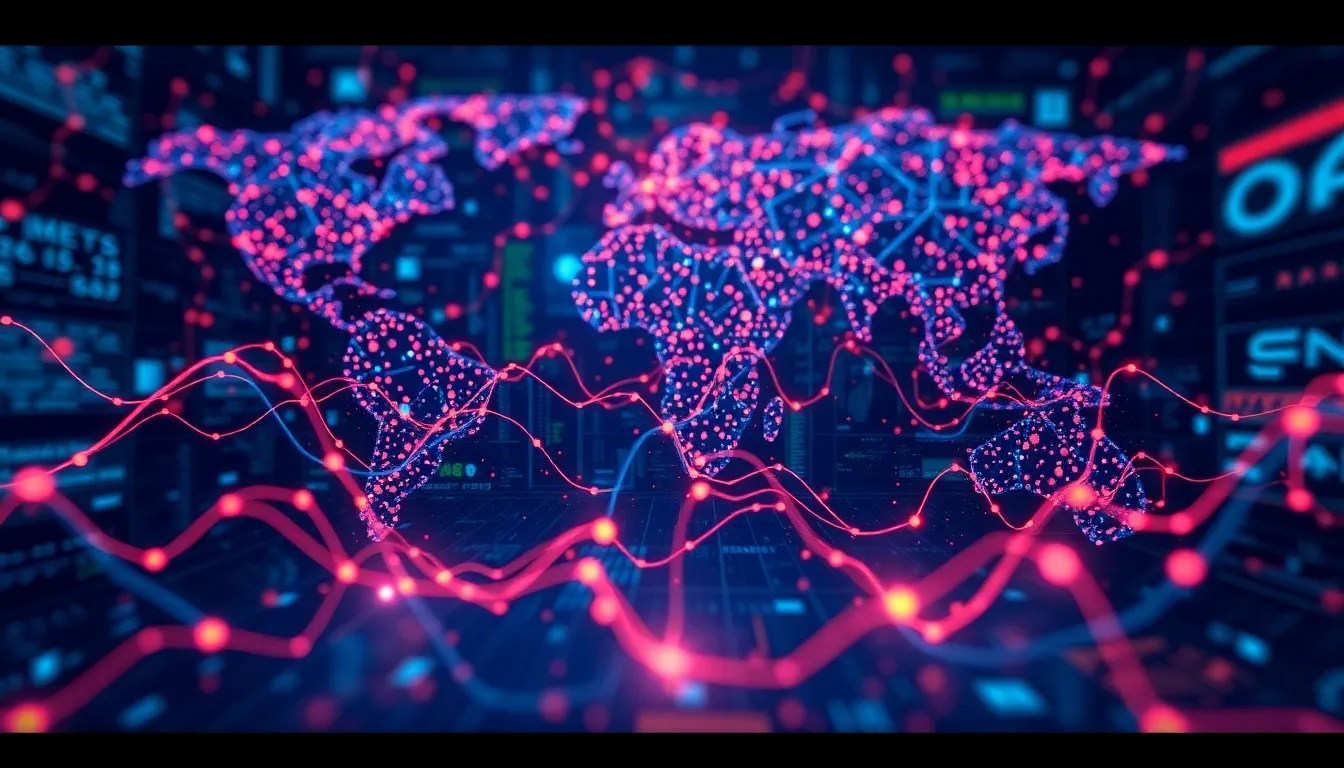Visual Data: How AI is Shaping the Future of Data Visualization
I. Introduction
Data visualization is the graphical representation of information and data, utilizing visual elements like charts, graphs, and maps to help users understand trends, outliers, and patterns in data. In today’s data-driven world, the importance of visual data in decision-making processes cannot be overstated. Visualizations provide clarity and insight, enabling stakeholders to make informed decisions quickly.
Artificial Intelligence (AI) is playing a pivotal role in transforming data visualization, enhancing the ways we process, analyze, and interpret vast amounts of data. By leveraging AI technologies, organizations can create more dynamic, interactive, and insightful visual representations of their data.
II. The Evolution of Data Visualization
The history of data visualization dates back to the early 19th century when pioneers like Florence Nightingale and William Playfair introduced graphical representations of statistics. Traditional methods, such as pie charts and bar graphs, have served well for decades; however, the advent of the digital age has revolutionized these techniques.
Modern approaches to data visualization are marked by:
- Integration of complex datasets
- Interactive elements that engage users
- Real-time data updates
- Advanced software tools that simplify the creation of visuals
The impact of digital technology on data representation is significant, allowing for more sophisticated visualizations that can adapt to user needs and provide deeper insights.
III. Understanding AI and Its Capabilities
Artificial Intelligence refers to the simulation of human intelligence in machines programmed to think like humans and mimic their actions. Machine learning, a subset of AI, involves algorithms that allow computers to learn from and make predictions based on data.
Key AI technologies relevant to data visualization include:
- Neural Networks: These algorithms are designed to recognize patterns and can be utilized in data analysis and visualization.
- Natural Language Processing (NLP): NLP enables machines to understand and interpret human language, facilitating more intuitive interactions with data.
AI enhances data processing and analysis by automating complex tasks, identifying trends that may not be immediately visible, and enabling predictive analytics that informs decision-making.
IV. AI-Driven Techniques in Data Visualization
AI-driven techniques are transforming data visualization in various ways:
- Automated Data Cleaning and Preparation: AI can streamline the often tedious process of cleaning data, ensuring accuracy and reliability in the visualizations produced.
- Predictive Analytics and Real-Time Data Visualization: AI can analyze historical data to predict future trends, providing organizations with real-time insights that can be visualized instantly.
- Advanced Graphic Generation: AI tools can generate sophisticated graphics such as infographics and interactive dashboards, making complex data more accessible and engaging.
V. Case Studies: AI in Action
Various industries are leveraging AI for enhanced data visualization:
- Healthcare: AI-driven visualization tools help in monitoring patient data and predicting health trends, leading to improved patient outcomes.
- Finance: Financial institutions use AI-powered visualizations to detect fraud, analyze market trends, and make investment decisions.
- Marketing: Marketers employ AI to visualize customer data, allowing for targeted campaigns and better customer engagement.
Success stories abound, highlighting how organizations have improved insights and decision-making through AI-driven visualization tools. For example, a healthcare provider may reduce patient readmission rates by utilizing AI to visualize and analyze patient data effectively.
However, implementing AI-driven visualization tools comes with lessons learned, such as the importance of training staff and ensuring data quality.
VI. Challenges and Ethical Considerations
Despite the promising advancements, challenges and ethical considerations must be addressed:
- Data Privacy and Security Concerns: As organizations leverage more data, ensuring the privacy and security of sensitive information becomes paramount.
- Bias in AI Algorithms: AI systems can perpetuate existing biases, leading to inaccuracies in visual representation and decision-making processes.
- The Need for Transparency: Ensuring transparency in AI-driven data practices helps build trust among users and stakeholders.
VII. The Future of Data Visualization with AI
The future of data visualization with AI is bright, with several emerging trends on the horizon:
- Increased use of augmented and virtual reality to create immersive data visualizations.
- Enhanced personalization of visual data to cater to individual user preferences.
- The democratization of data access, allowing non-technical users to create and interpret visualizations.
Predictions for the next decade suggest that AI will continue to evolve, leading to even more advanced tools and techniques for visual data technology, making data insights more accessible than ever before.
VIII. Conclusion
AI’s transformative power in data visualization is evident across various sectors, enabling organizations to glean insights and make informed decisions with unprecedented speed and accuracy. As businesses and individuals embrace AI technologies, the importance of visual data in the digital age will continue to grow.
In conclusion, the call to action is clear: organizations must invest in AI-driven data visualization solutions to harness the full potential of their data. The future is visual, and understanding how to leverage AI in this realm will be key to success.



